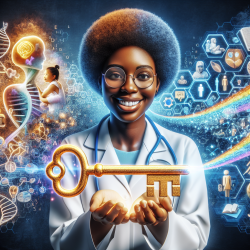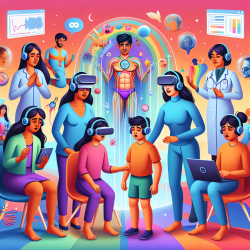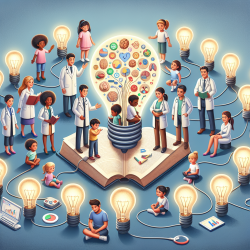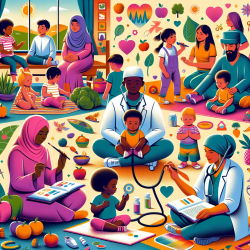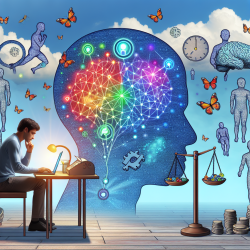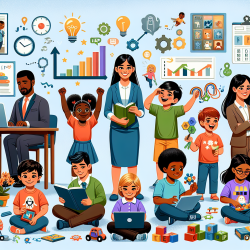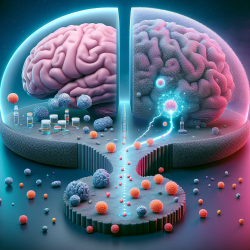Introduction
In the ever-evolving world of speech-language pathology, staying updated with the latest research is crucial for practitioners aiming to deliver optimal outcomes for children. The Selected articles from the BioCreative/OHNLP challenge 2018 offers valuable insights into how natural language processing (NLP) can be harnessed to improve clinical practices. This blog will explore how practitioners can leverage the findings from this research to enhance their skills and encourage further exploration in the field of clinical NLP.
The Promise of Clinical NLP
The BioCreative/OHNLP challenge 2018 highlights the transformative potential of NLP in processing electronic health records (EHRs). By converting free-text clinical notes into structured data, NLP can enhance decision-making processes, improve patient outcomes, and facilitate biomedical research. However, challenges remain, particularly concerning data sharing and patient privacy. The workshop aimed to address these issues by promoting community efforts in methodological advancements and data curation mechanisms.
Task 1: Family History Extraction
Family history information (FHI) is a critical component in diagnosing and treating various diseases. The challenge of extracting accurate FHI from clinical texts is significant due to the lack of standardized evaluation mechanisms. The BioCreative/OHNLP challenge 2018 addressed this by developing a corpus of clinical narratives, which was then used to encourage the development of family history extraction (FHE) systems.
Two noteworthy solutions emerged from this task:
- Dai's Solution: Focused on sequence labeling to distinguish family members and FHI-related observations, using neural network-based models that outperformed traditional models.
- Shi et al.'s Approach: Utilized Bi-LSTM and CRF models for entity extraction and relation classification, with heuristic rules to handle entity properties.
Task 2: Clinical Semantic Textual Similarity
Redundancy in clinical notes can burden healthcare providers. The Clinical Semantic Textual Similarity (STS) task aims to address this by assessing the semantic equivalence of clinical text snippets. This task encourages the development of tools to reduce redundancy and improve data quality.
Key contributions include:
- Xiong et al.'s Framework: Combined distributed and one-hot representations using a gated network, achieving superior performance with BERT models.
- Chen et al.'s Improvements: Enhanced machine learning models with pre-trained sentence embeddings, demonstrating the complementary nature of deep learning and traditional models.
Implications for Practitioners
For speech-language pathologists, these advancements in clinical NLP offer exciting opportunities to refine their practice. By integrating NLP tools into their workflow, practitioners can:
- Improve the accuracy and efficiency of extracting relevant patient information.
- Enhance clinical decision-making with better-structured data.
- Reduce cognitive load by minimizing redundant information.
Moreover, engaging with the latest research encourages continuous learning and innovation, ultimately leading to better outcomes for children.
Conclusion
The BioCreative/OHNLP challenge 2018 underscores the potential of NLP in transforming clinical practices. By embracing these technological advancements, speech-language pathologists can improve their skills and contribute to the ongoing evolution of healthcare. For those interested in diving deeper into this research, the original paper is available for further reading.
To read the original research paper, please follow this link: Selected articles from the BioCreative/OHNLP challenge 2018.
